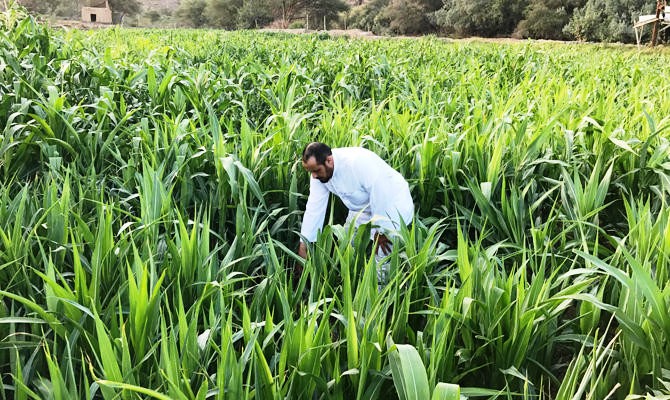Any investment made in the agricultural land can be rated as a prime investment option. The term agriculture includes horticulture too. Together they indicate the raising of crops, fruits, grass and flowers. Therefore, you can say that agricultural land refers to the land that is used for cultivation. Agricultural land can be of four types namely Warkas land, Bagayat or irrigated land, Jirayat land and Rice land.

Though agricultural land is cheap and can be considered as a good investment option, but every one of us is not eligible to buy such lands. In order to buy agricultural land, you must be a farmer. Most of the states in India allow only farmers to buy such lands. If you are not a farmer, you either need to show proof that your grandfather or father was a farmer or you need to show that you own some agricultural land. Another means of acquiring is by buying a small piece of residential land in the same area and with the help of the address proof, you can buy an agricultural land in the same area.
The purchase process and the documents involved
The purchase process of an agricultural land involves the following steps:
- Property search – For this, you can take the help of an online broker and once you have decided you need to physically visit the location. This is very important to find out that the land is not a residential plot, whether the land is encroached, whether it is a clear land, there is no pole or drain passing through the land etc. which would make it a bad investment.
- The background and document check – Here, the first thing you need to check is the Title document which can be a sale deed, will, gift deed etc. It helps you verify whether the person who is selling is the genuine owner of the land. Next, you should verify its land records that reflect the name of the owner, the exact area of the plot, whether it is at all an agricultural land, etc. All these information you can collect online from the MP land records. Then you should check its encumbrance certificate that certifies that the plot does not have any legal debt like a pending loan, tax dues etc.
- Negotiate the property value – Apart from the cost of the agricultural plot, you also need to bear other expenses like brokerage, the fee of the lawyer, registration and mutation fee etc. So while finalizing the amount you should take into consideration the other associated expenses and negotiate accordingly.
- Advance payment – Once both the parties have agreed upon a certain sale price of the plot, then the buyer needs to make an advance payment which is generally 10% of the value of the agreed price.
- Agreement for sale – Now comes the part of signing the sale agreement. A sale agreement normally includes the terms and conditions agreed upon by both the parties, the property details, the final agreed price, the terms of the payment which is normally 2 to 3 months from the date of signing the sale agreement and the defaulter penalty amount for both the parties.
- Payment – The payment needs to be done as per the agreed terms without any failure.
- Sale deed – This document is normally registered under the sub-registrar office. To sign this document you need to pay stamp duty and registration charges to the government which is within a range of 4 to 10% of the property value, it varies from state to state. After this process, your ownership gets transferred.
- Mutation – In the case of agricultural land, after signing the sale deed you also need to get the mutation done which is mandatory. After mutation the buyer’s name will legally reflect in the official land records indicating the final transfer of the property.
To know More about Land & Land records at Hrex.org
 Amazing India Blog Know India Better
Amazing India Blog Know India Better





